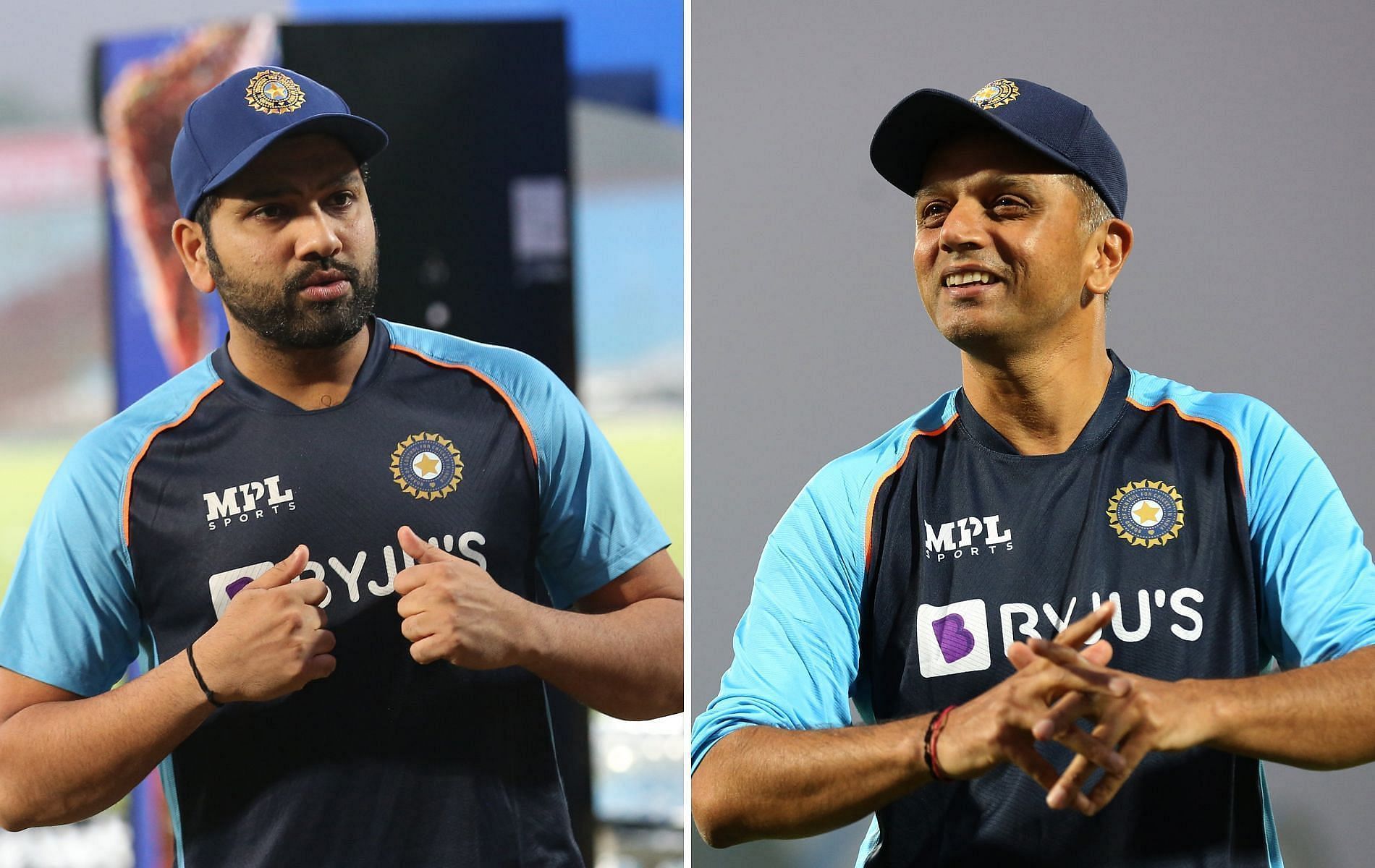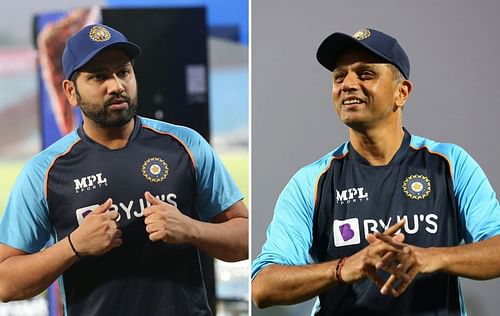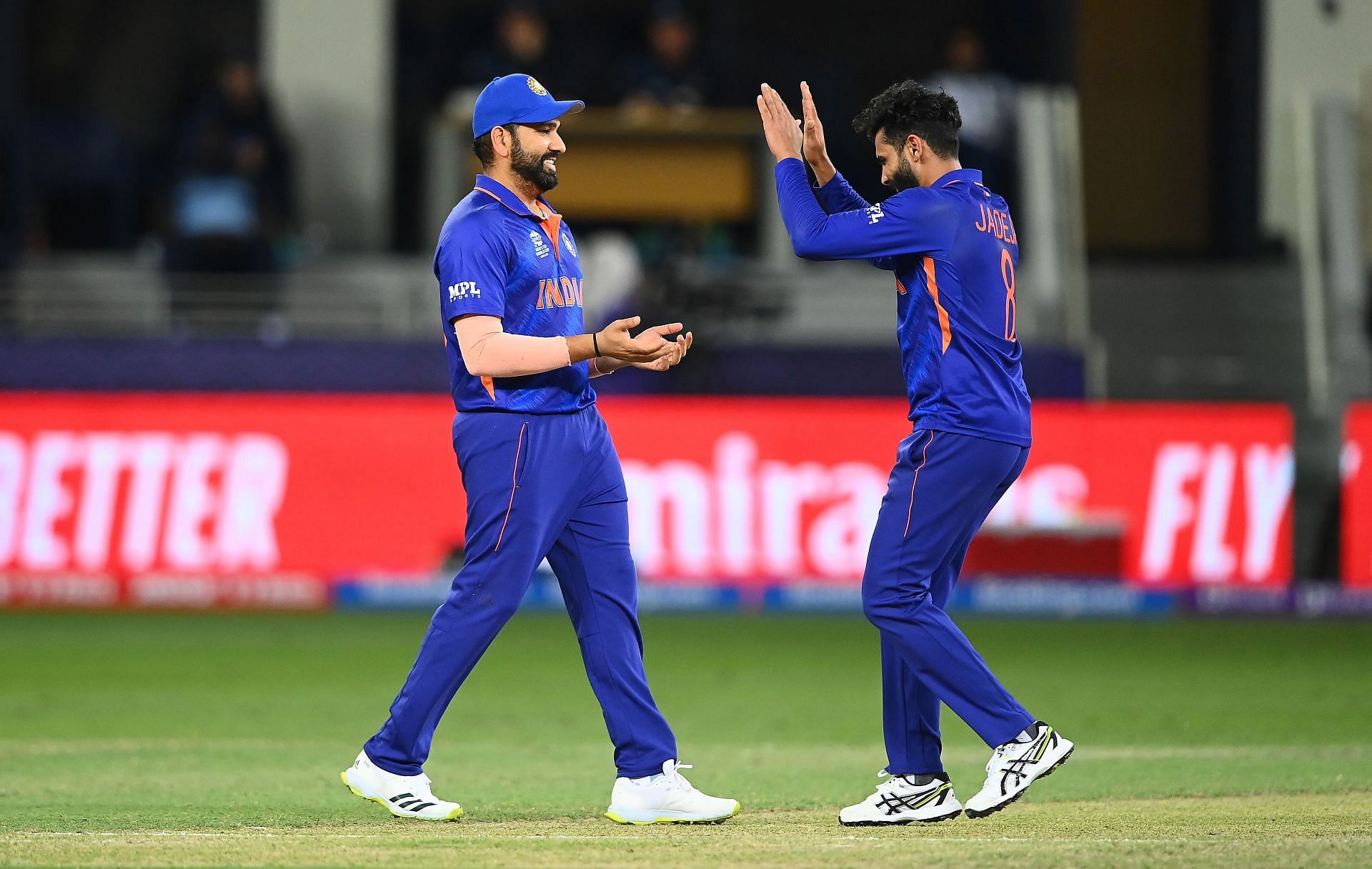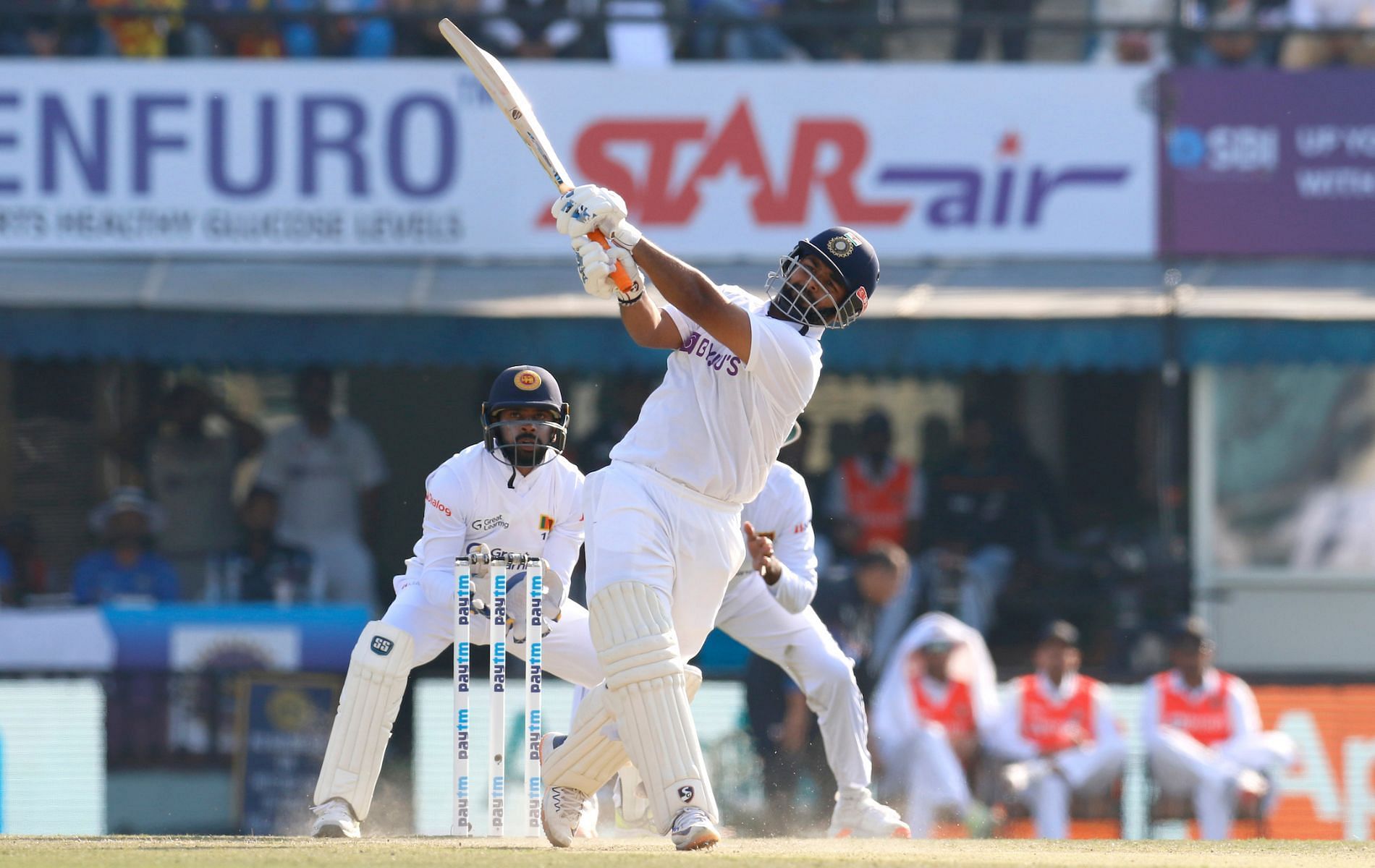
Rahul Dravid and Rohit Sharma add fluidity and experimentation to Indian cricket team's style

Now that Rahul Dravid has taken over as Indian cricket team's head coach and Rohit Sharma has succeeded Virat Kohli as the new all-format captain, their team is headed in a new direction.
The recently concluded first Test between India and Sri Lanka was Rohit's first as captain in the longest format and the massive win saw him keep up his 100% record since being named permanent India captain in all formats.
Under the new leadership, it has been rather evident that the Indian cricket team is much more open to experimentation and has operated in a more fluid system.
From using Rishabh Pant as an opener in an ODI to moving Ravindra Jadeja up to No. 4 in a T20 International, India have tried new things where the opportunity or the need has arisen.
With cricket evolving as a sport, now more so than ever, due to the rapid growth of data and analytics, this shows promising signs for an Indian cricket team that has long taken a more conventional approach.
The conventional approach has paid off, with India dominating in all formats, especially in bilateral series. But the open mind shown by Dravid and Rohit can be the key to them adapting to different scenarios in major ICC tournaments, which is where they have been found wanting.
After Pant had opened in the 2nd ODI against the West Indies last month, Rohit said:
"I have been asked to do different things, so this was different. People will be happy seeing Rishabh open then, but yeah it is not permanent."
He went on to add:
"It is not always the results. We want to try a few things with the long term in the mind so we don’t mind if we lose the odd game in the process."
With the sort of depth and number of options available to India, this kind of mindset is sure to hold them in good stead in the long run.
Indian cricket team responding to opposition's tactics

For a long time, India have backed their strengths and played according to the players, mostly opting for rigid batting lineups.
However, since Rahul Dravid has taken over as head coach, we have seen the Indian cricket team being more fluid. One example of that is the batting order. It is often changed, depending on the situation and opposition.
For instance, in the 3rd ODI against the West Indies, India lost two early wickets and it was opener Shikhar Dhawan left at the crease. While it had been Pant playing at No. 4 for a while in the 50-over format, Shreyas Iyer was promoted to that role in this match.
It kept a left-right combination going and also allowed Iyer to anchor, letting Pant come in later and play more aggressively, at least in theory.
Of course, Dhawan was out soon, and then Iyer and Pant put on a 110-run partnership that was key to the hosts putting up a big score. But the thinking proved to be right. The left-right combination did work well for the Indian cricket team.

Similarly, in the T20I series against the West Indies, the middle-order batters were used interchangeably depending on the situation and it saw Pant, Suryakumar Yadav, and Venkatesh Iyer all play key roles.
While fluidity in batting order in limited-overs cricket has become more and more commonplace of late, India have seemingly extended the idea to Test cricket also.
In the first Test against Sri Lanka, Hanuma Vihari was picked as the new No. 3 and Shreyas Iyer was expected to be the No. 5, in absence of Ajinkya Rahane.
However, when the third wicket fell, with the team having made 170 runs till then, it was Pant who came out to bat ahead of Iyer. That it was left-arm spinner Lasith Embuldeniya who looked like the most capable bowler for Sri Lanka probably played the biggest role in that decision, with Pant known to take a special liking to that kind of bowling.
What real difference the swap made may not have been observable as Hanuma Vihari got out soon after Pant arrived. But the fact that the wicketkeeper went on to smash 96 off 97 runs showed that he was well suited to that role.
What this shows is that the Indian cricket team are not only looking at matchups while deciding who should go out to bat, but also the situation the team is in and the phase that the match is in.
Going forward, this fresh outlook and these kinds of decisions can prove to be critical in helping the team out in difficult situations.